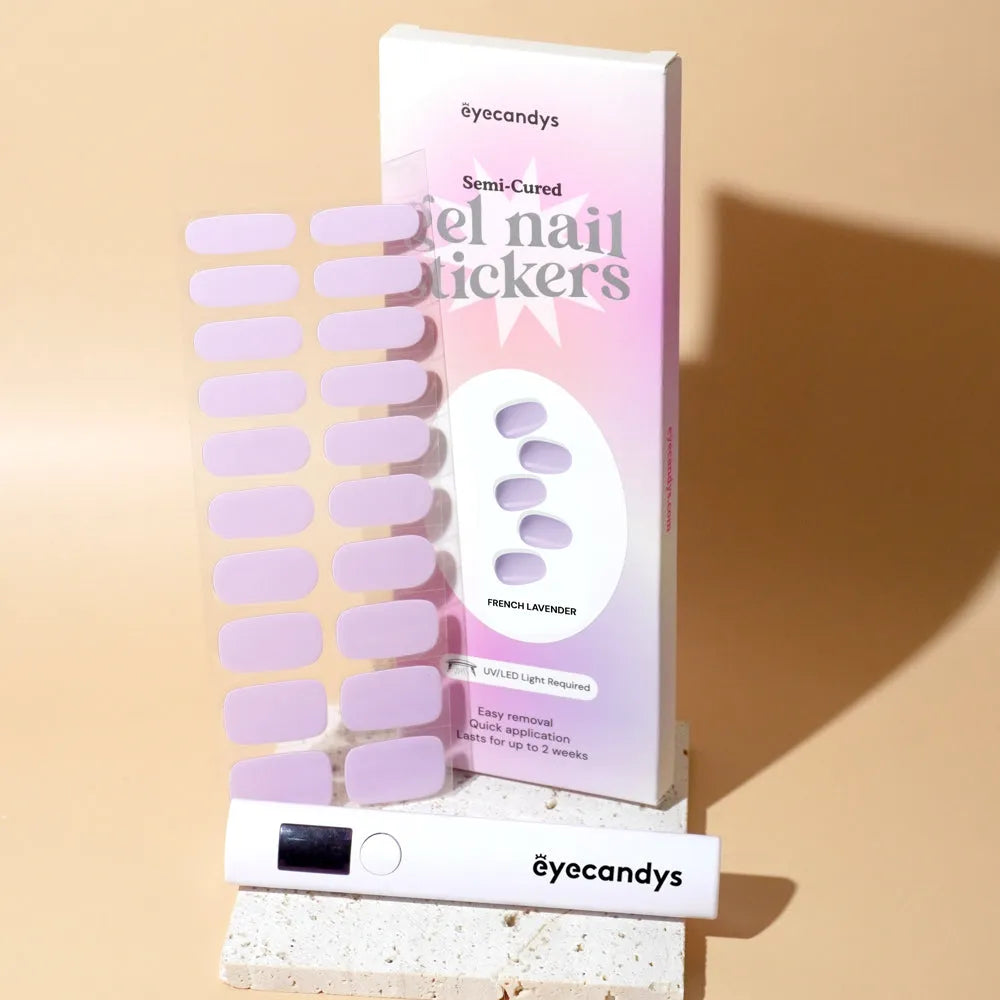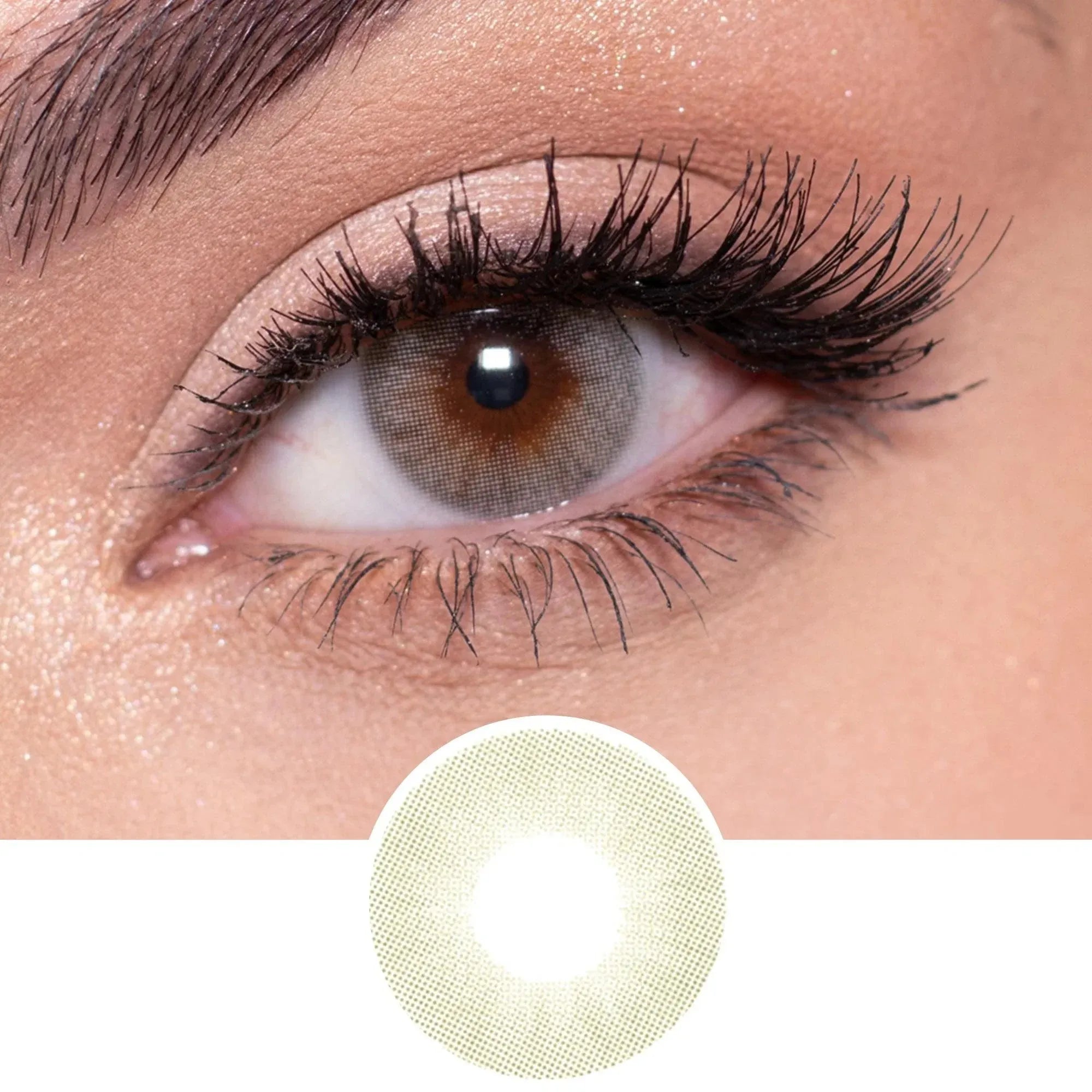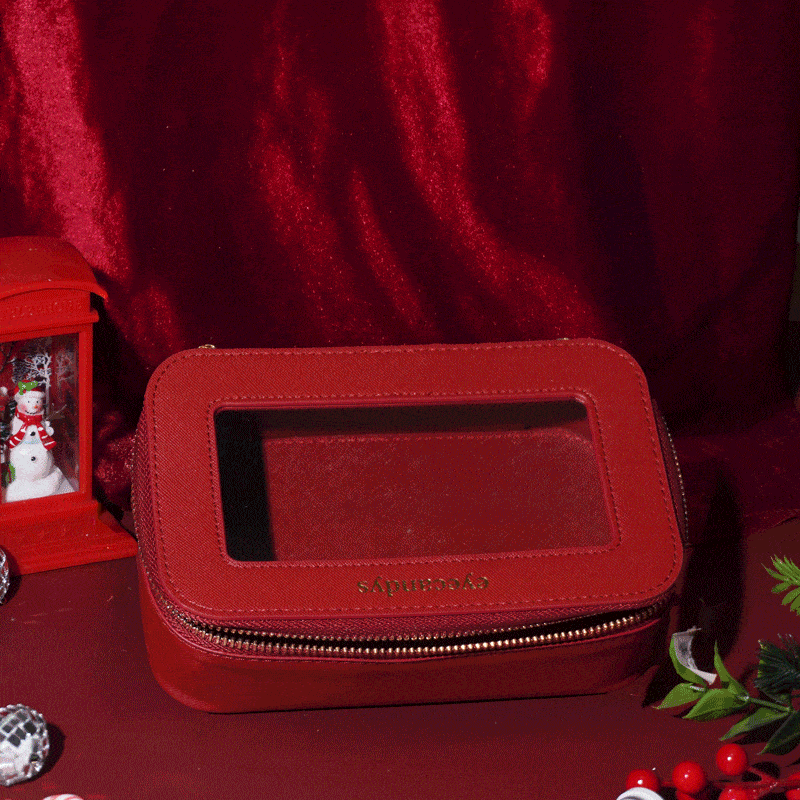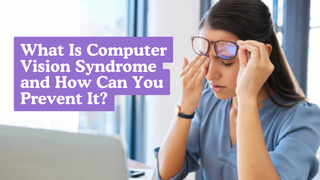Introduction
Sleeping in contact lenses is a common topic of discussion and concern among contact lens users. Many people wonder if it's safe to sleep in their contacts and what potential risks are involved. Understanding the truth about this practice is crucial for maintaining optimal eye health and safety.
The Science Behind Contact Lenses and Sleep
How Contact Lenses Affect Your Eyes
Contact lenses work by sitting directly on the surface of your eyes, allowing you to see clearly without the need for glasses. However, your eyes need a continuous supply of oxygen to stay healthy. Wearing contact lenses can reduce the amount of oxygen that reaches your eyes, especially when your eyes are closed during sleep. This reduction in oxygen can lead to various eye health issues if not properly managed.
Risks of Sleeping in Contact Lenses
- Increased Risk of Eye Infections: Sleeping in contact lenses can create a warm, moist environment that is ideal for bacteria and other pathogens to thrive. This can significantly increase the risk of eye infections, such as microbial keratitis, which can lead to serious complications if left untreated.
- Potential for Corneal Damage: The cornea, the clear front surface of the eye, can become damaged due to prolonged contact lens wear, especially during sleep. This damage can result in corneal ulcers, which are painful and can cause vision loss.
- Dry Eyes and Discomfort: Sleeping in contact lenses can cause your eyes to become dry and uncomfortable. The lenses can adhere more tightly to the surface of your eyes, making them difficult to remove and increasing the risk of irritation.
Types of Contact Lenses and Their Safety
Daily Wear vs. Extended Wear Contacts
There are different types of contact lenses, each designed for specific wear schedules:
Daily Wear Contact Lenses
These lenses are designed to be worn during the day and removed at night. They should not be slept in, as they are not intended for overnight use.
Extended Wear Contact Lenses
These lenses are made from materials that allow more oxygen to reach the eyes, making them suitable for overnight wear. However, even with extended wear lenses, it's essential to follow the manufacturer's guidelines and your eye care professional's recommendations.
FDA-Approved Extended Wear Lenses
Some extended wear contact lenses are approved by the FDA for overnight use. These lenses are made from highly breathable materials and are designed to be worn continuously for up to 7 days or longer. It's crucial to adhere to the recommended wear schedule and maintain proper hygiene to minimize the risk of complications.
Common Myths and Misconceptions
"My Contacts Are Breathable, So I Can Sleep in Them"
While it's true that some contact lenses are made from breathable materials, this does not mean they are safe for overnight wear. It's essential to follow the manufacturer's instructions and your eye care professional's guidance to ensure safe use.
"I've Slept in My Contacts Before Without Any Issues"
Just because you haven't experienced problems in the past doesn't mean it's safe to continue the practice. The risks associated with sleeping in contact lenses can accumulate over time and may not be immediately apparent. Prioritizing your eye health means avoiding unnecessary risks.
Best Practices for Contact Lens Users
To maintain healthy eyes, it's essential to remove your contact lenses before going to bed. Follow these steps to safely remove your lenses:
1. Wash your handsthoroughly with soap and water.
2. Dry your hands with a clean, lint-free towel.
3. Use a mirrorto ensure you have a clear view of your eye.
4. Gently pull downyour lower eyelid with one hand.
5. Use your other hand to carefully pinch the contact lens and remove it from your eye.
6. Clean and store your lenses in a contact lens case with fresh contact lens solution.
Alternatives to Sleeping in Contacts
If you need vision correction at night, consider these alternatives:
Glasses: Wear glasses in the evening and before bed to give your eyes a break from contact lenses.
FDA-Approved Extended Wear Lenses: If you prefer to wear contact lenses overnight, talk to your eye care professional about extended wear lenses that are safe for overnight use.
What to Do If You Accidentally Sleep in Your Contacts
Immediate Steps to Take
If you wake up with your contact lenses still in, follow these steps:
- Do not removeyour lenses immediately. Blinking and using artificial tears can help rehydrate the lenses and make removal easier.
- Wash your hands thoroughly before attempting to remove the lenses.
- Remove the lensescarefully, following the steps outlined above.
When to Seek Medical Attention
Seek medical attention if you experience any of the following symptoms:
- Persistent redness or irritation.
- Pain or discomfort in the eyes.
- Blurred vision** or other visual disturbances.
- Dischargeor unusual eye secretions.
While the idea of sleeping in contact lenses may seem convenient, it poses significant risks to your eye health. Prioritizing proper contact lens care, following recommended guidelines, and consulting with your eye care professional can help you maintain healthy eyes and avoid complications.











